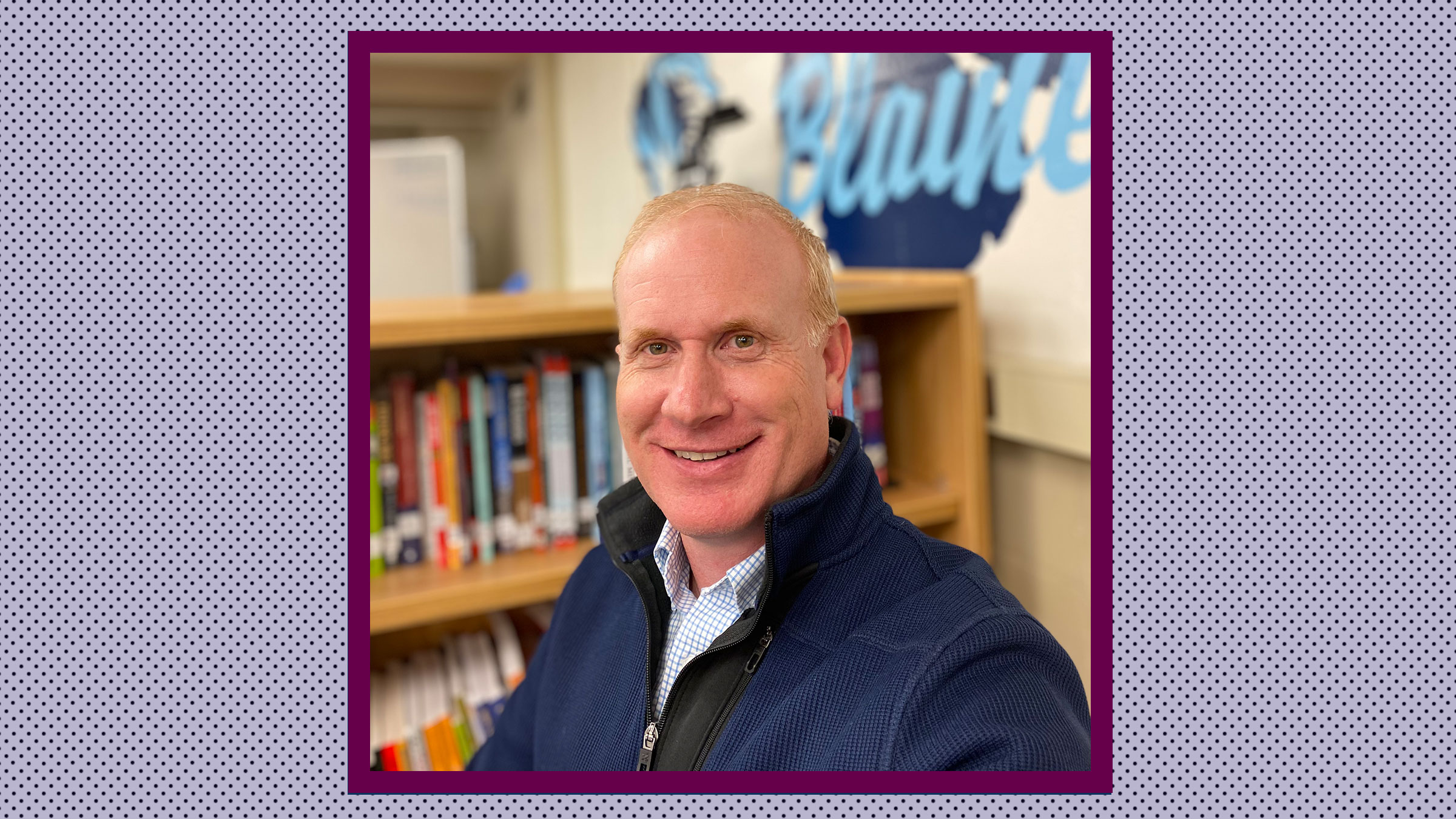It’s the start of the school day at Champlin Park High School in Minnesota, and Jalen Giles has a full roster of classes ahead of her. She’s a social studies teacher, but today she’s in orchestra class, observing another educator. Giles never expected to be inspired by a subject that’s so different from the one she teaches—but she was immediately impressed that students began the day with yoga before picking up their instruments.
“During a year that was so technology heavy, with barriers to connection,” Giles says, “it almost felt like permission to try something that people just needed as humans.” Back in her own classroom, she tried new things like encouraging students to dance and using Kahoot, a popular, game-based learning platform, to get to know each other.

Giles was on “instructional rounds,” which teachers have adapted from a model long used by doctors to learn and develop skills. Research suggests that continued learning is essential for educators, and can be especially effective when it involves collaboration between teachers, but it can be difficult to execute in practice. For one thing, teachers tend to be strapped for time, which means professional development sessions typically interrupt or happen outside of the school day, leaving teachers to implement solutions on their own.
Instructional rounds, by contrast, are cost-effective and time efficient, incorporating teachers’ education into the school day as they observe colleagues actively teaching, explains Kevin Bross, an achievement coach who helped devise the program at Blaine High School in 2019 before it expanded to other schools in the district.
Bross worked for 14 years as a teacher before shifting to education consulting and taking on a role at the school district working with teachers. He says he and his colleagues had invited teachers to observe each others’ classes before, but looked for a new strategy after they realized that it was hard for them to fit the program into their schedules. That’s when they discovered the concept of instructional rounds—and decided to modify it to fit their school.
Unlike similar programs at other schools, which typically ask school leaders or other teachers who observe classrooms to assess and evaluate teachers, says Bross, the goal here is for the observers to be the ones doing the learning. After an introductory session, teachers visit a classroom and watch as another educator teaches for about 30 to 40 minutes. The spectators then come together to discuss what they’ve learned, take notes about key takeaways, and reflect on how it all fits in with a set of goals provided by the school.
“It’s hard sometimes to take theory and turn it into practice,” says Bross. “Instructional rounds has that built in: We’re going to take the theory and we’re going to watch somebody put it into practice.”
During most of 2020 and part of 2021, while Blaine classes were held partially and fully remotely to curb the spread of COVID-19 one of instructional rounds facilitators’ goals was to encourage teachers to look for ways to connect with students virtually. They suggested ideas about how to build relationships with students—discussion prompts, for instance, to encourage a “growth mindset” that embraces challenge as part of the learning process. Then they sent teachers off to watch how other educators brought these ideas into their classrooms.
The district’s annual surveys suggest it’s paying off. Compared to before instructional rounds began, students at Blaine High School were more likely to report they had good relationships with their teachers; that educators were teaching in a way that made students want to learn. In two years of surveys, 100% of participating teachers said they’d incorporated something new or innovative into their classes, says Bross.
Although research on instructional rounds is limited, and models vary from school to school, a randomized controlled trial conducted in Australia and published in Teaching and Teacher Education in 2021 found the program improved students’ mathematics performance and showed promise for boosting student achievement.
Since its inception, Bross and his colleagues have continued to streamline their initiative: They created a “sub center,” a designated space with a permanent substitute teacher to guide students through virtual lessons while their teachers are on rounds. This year they launched a podcast to reinforce lessons from teachers’ class visits and enabled educators to request individualized rounds on topics they’d like to improve.
Anoka-Hennepin Schools said it has expanded the program to all of its comprehensive high schools, and Bross is hopeful it will scale. “Needs in education change quickly, but schools aren’t set up in a way to be agile,” he says. “I think instructional rounds has that missing piece. It’s allowed us to do a lot in a short amount of time.”
Giles says the experience gave her new ideas and confidence in her own teaching. “It felt like productive collaboration without the pressure to be inauthentic or totally shift your teaching practices,” she says. “It felt safe, comfortable, and just super fun and energizing. I think a lot of us were pretty devoid of those feelings while teaching during the pandemic.”
More Must-Reads From TIME
- The 100 Most Influential People of 2024
- How Far Trump Would Go
- Why Maternity Care Is Underpaid
- Scenes From Pro-Palestinian Encampments Across U.S. Universities
- Saving Seconds Is Better Than Hours
- Why Your Breakfast Should Start with a Vegetable
- Welcome to the Golden Age of Ryan Gosling
- Want Weekly Recs on What to Watch, Read, and More? Sign Up for Worth Your Time
Contact us at letters@time.com